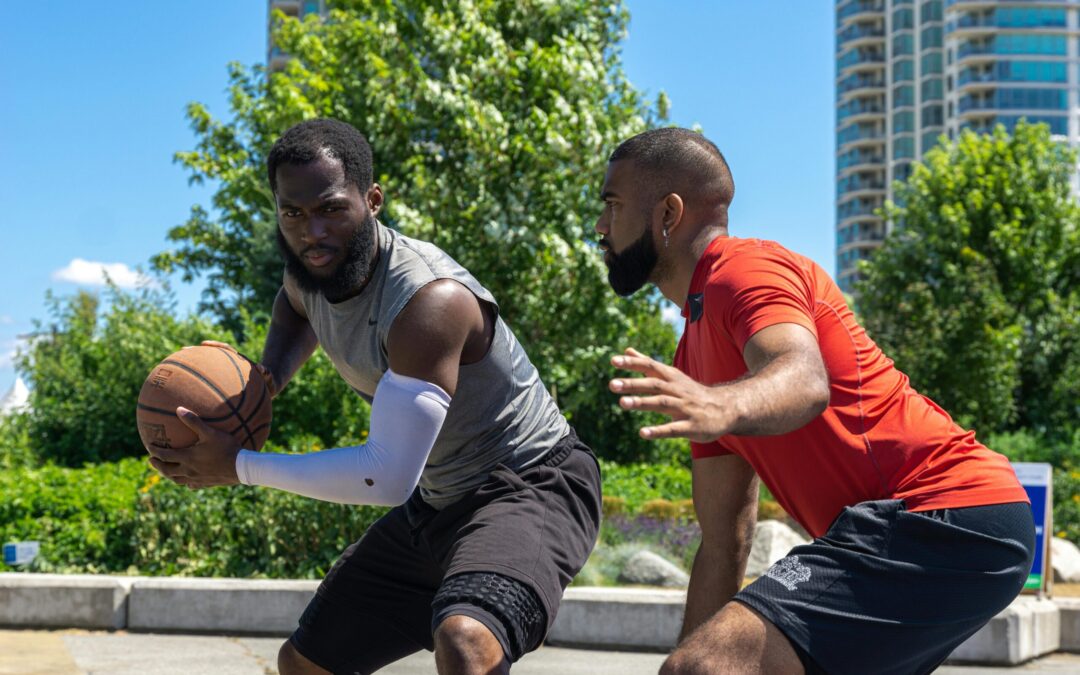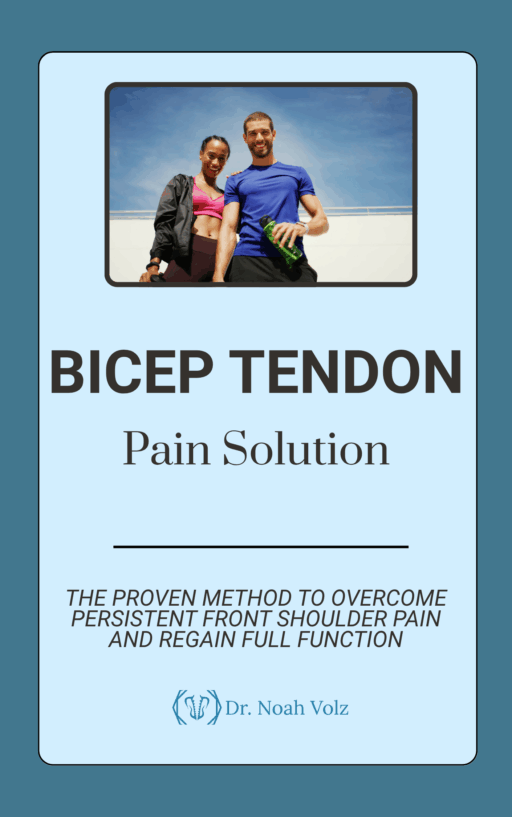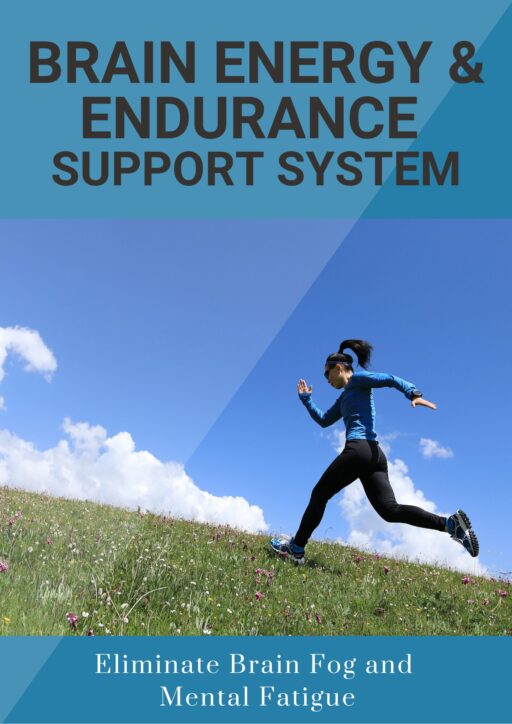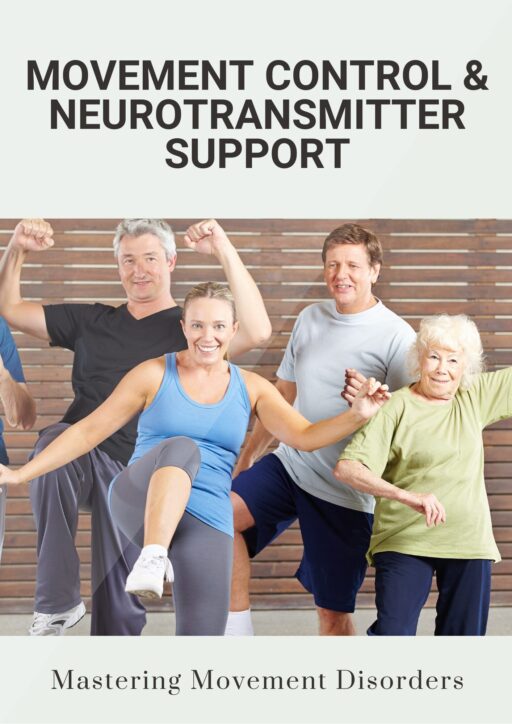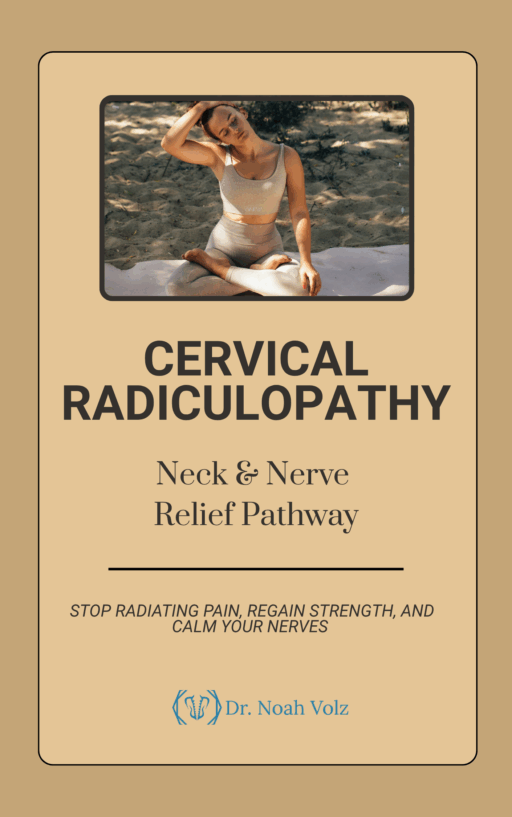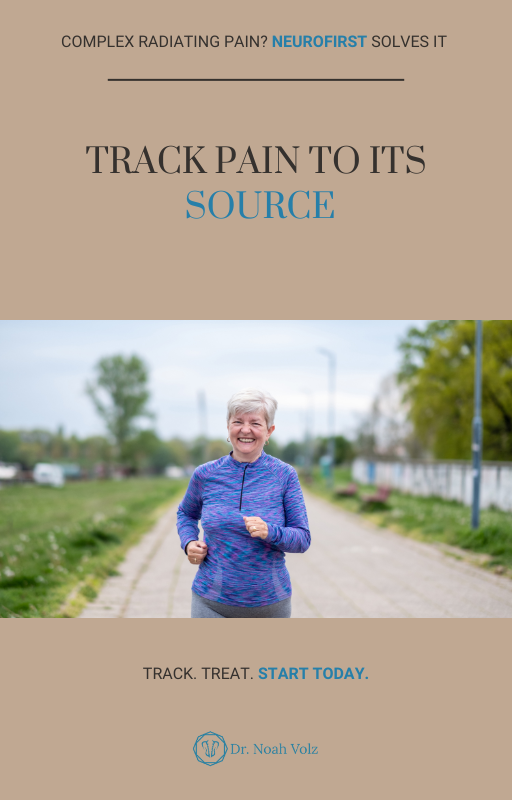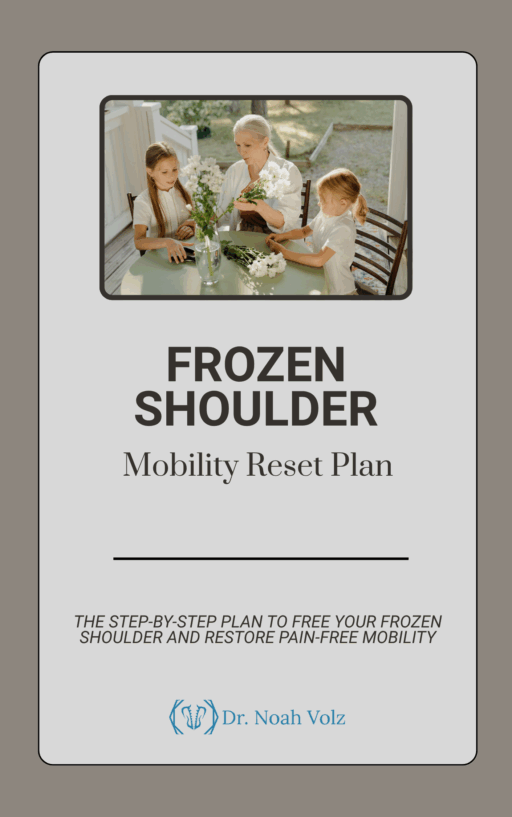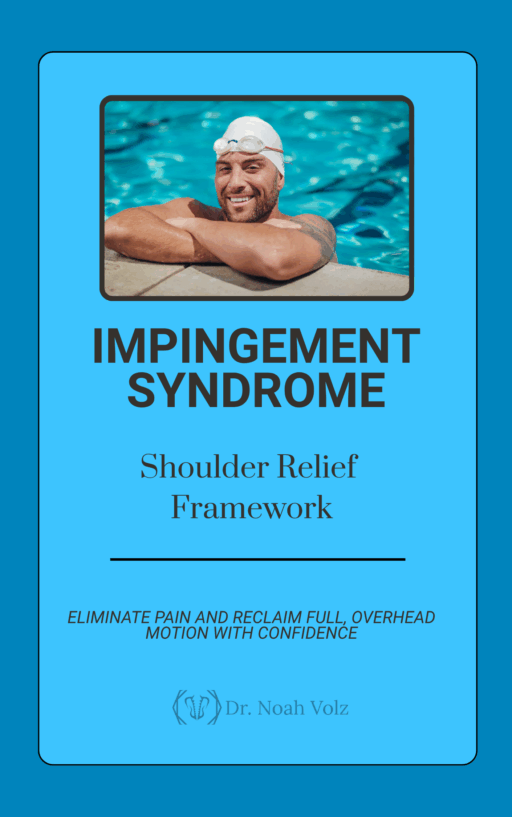Marcus had been playing basketball since he was eight years old. Now 32, he still dominated the court in his local league three nights a week. Basketball wasn’t just his hobby—it was his identity, his stress relief, his connection to lifelong friends.
That’s why the phone call from his orthopedic surgeon hit him like a punch to the gut.
“The MRI shows significant degeneration in your Achilles tendon,” the doctor explained. “We’ve tried conservative treatment for six months with no improvement. I think it’s time to discuss surgical options.”
Surgery meant a minimum six-month recovery. It meant missing an entire season—maybe more. For some athletes, it meant never returning to their previous level of performance.
Marcus stared at the phone after hanging up, feeling like his athletic life was over at 32.
You Know This Story Too Well
If you’re an athlete dealing with chronic Achilles pain, Marcus’s story probably sounds familiar. Maybe you’re a runner who’s had to cut back on mileage. Perhaps you’re a tennis player who can’t push off for that killer serve anymore. Or maybe you’re a weekend warrior whose pickup games have turned into painful reminders of what you used to be able to do.
Here’s what your typical day looks like:
You wake up and your Achilles feels stiff and achy. Those first few steps are uncomfortable, but you push through. During your warm-up, the pain seems to fade—giving you false hope that today will be different.
But 20 minutes into your activity, there it is again. That deep, nagging ache in your Achilles that starts as a whisper and grows to a shout. You try to push through it because you love your sport, but you know you’re not performing at your best.
After your workout, the pain is worse. You ice it, take anti-inflammatories, and promise yourself you’ll take a few days off. But you never do, because your sport isn’t just what you do—it’s who you are.
The cruel irony? The more you try to “work through” the pain, the worse your Achilles tendinopathy becomes.
Why Your Achilles Keeps Letting You Down
Achilles tendinopathy isn’t just “tendinitis”—it’s a complex degenerative condition that affects up to 18% of recreational runners and even more elite athletes. Unlike acute injuries that heal with rest, tendinopathy involves structural changes in the tendon itself.
Here’s what’s really happening in your Achilles:
The repetitive stress from your sport causes microscopic tears in the tendon fibers. Instead of healing properly, your body attempts to repair these tears with disorganized, inferior tissue. This creates a cycle where the tendon becomes weaker and more prone to further injury.
Traditional treatments focus on reducing inflammation, but here’s the problem: Chronic Achilles tendinopathy isn’t primarily an inflammatory condition. It’s a degenerative one. That’s why rest, ice, and anti-inflammatory medications provide only temporary relief—if any at all.
Research published in the British Journal of Sports Medicine found that up to 25% of athletes with Achilles tendinopathy don’t respond to conservative treatment and face the difficult decision between continued pain and surgical intervention.
The Treatment Revolution That’s Changing Everything
What if there was a way to actually reverse the degenerative changes in your Achilles tendon? What if you could stimulate your body to replace that inferior scar tissue with strong, healthy tendon fibers?
Radial Extracorporeal Shockwave Therapy (rESWT) is doing exactly that for athletes around the world.
This breakthrough treatment uses focused acoustic waves to trigger a cascade of healing responses at the cellular level. Unlike surgery, which removes damaged tissue, shockwave therapy transforms damaged tissue back into healthy, functional tendon.
Here’s how it works:
- Mechanical stimulation breaks down scar tissue and calcifications
- Neovascularization increases blood supply to the damaged area
- Stem cell activation promotes regeneration of healthy tendon fibers
- Growth factor release accelerates the natural healing process
- Collagen synthesis strengthens the tendon structure
The result? Your Achilles tendon doesn’t just feel better—it actually becomes structurally stronger and more resilient.
The Science That’s Convincing Skeptical Surgeons
The research supporting shockwave therapy for Achilles tendinopathy is impressive enough to change the minds of surgeons who once considered surgery the only option for chronic cases.
A landmark study in the American Journal of Sports Medicine followed 68 athletes with chronic Achilles tendinopathy who had failed at least six months of conservative treatment. After shockwave therapy, 71% achieved excellent results, with significant improvements in both pain and function lasting over two years.
The Journal of Foot and Ankle Surgery published research showing that 82% of patients with insertional Achilles tendinopathy experienced significant improvement after shockwave treatment, compared to just 36% with traditional physiotherapy alone.
Most compelling of all: A systematic review of 19 clinical trials involving over 1,500 patients found that shockwave therapy was more effective than eccentric exercises, steroid injections, and even some surgical procedures for treating chronic Achilles tendinopathy.
The success rates are so consistent that many sports medicine physicians now recommend shockwave therapy before considering surgery.
Marcus’s Comeback Story
Remember Marcus, the basketball player facing career-ending surgery? Three days before his scheduled surgical consultation, a teammate mentioned hearing about shockwave therapy. Desperate for alternatives, Marcus researched the treatment and found a clinic offering radial shockwave therapy.
“I was willing to try anything to avoid surgery,” Marcus recalls. “The idea of being off the court for six months was devastating.”
The treatment process was surprisingly straightforward. Marcus received shockwave therapy once a week for five weeks. Each session lasted about 25 minutes, and while the treatment was intense, it was completely tolerable.
“The first couple of treatments were uncomfortable, but nothing compared to the chronic pain I’d been dealing with for months,” Marcus explains. “By the third treatment, I noticed I was walking up stairs without that familiar Achilles ache.”
Marcus’s recovery timeline:
- Weeks 1-2: Continued normal activities with modified intensity
- Week 3: Noticeable reduction in morning stiffness
- Week 5: Started light jogging with minimal discomfort
- Week 8: Returned to basketball practice
- Week 12: Playing at pre-injury level with no pain
“It’s been 14 months since my treatment, and my Achilles feels stronger than it has in years,” Marcus says. “I’m playing better basketball now than I was before the injury. The treatment literally saved my athletic career.”
Why Athletes Are Choosing Shockwave Over Surgery
The advantages of radial shockwave therapy over surgical intervention are compelling:
Treatment Comparison:
Shockwave Therapy:
- -15-30 minute outpatient sessions
- Return to activity in 6-8 weeks
- No surgical risks or complications
- 75-85% success rate
- Strengthens existing tissue
- Can be repeated if necessary
Achilles Surgery:
- Major surgical procedure with anesthesia
- 6-12 month recovery period
- Risk of infection, nerve damage, and re-rupture
- 70-80% success rate
- Removes damaged tissue permanently
- Limited revision options
The Treatment Protocol That’s Delivering Results
Success with radial shockwave therapy for Achilles tendinopathy follows a proven protocol:
Phase 1: Assessment & Planning (Week 1)
Comprehensive evaluation to map the exact location and extent of tendon damage. Treatment parameters are customized based on your specific condition.
Phase 2: Active Treatment (Weeks 2-6)
Weekly shockwave sessions targeting the damaged tendon areas. Each treatment builds on the previous one, progressively stimulating deeper healing responses.
Phase 3: Rehabilitation Integration (Weeks 4-8)
Specific eccentric strengthening exercises are introduced to complement the healing process and restore optimal tendon function.
Phase 4: Return to Sport (Weeks 8-12)
Gradual progression back to full athletic activity with ongoing monitoring to ensure complete recovery.
The key to success is patience. While some athletes notice improvement after 2-3 treatments, optimal results typically occur 3-6 months post-treatment as the tendon continues to remodel and strengthen.
Don’t Let Your Athletic Dreams Die
Every day you delay treatment is another day your Achilles tendinopathy progresses. Every practice you skip, every game you play in pain, every movement you modify to accommodate your injury—it all adds up to a diminished athletic experience.
The research is overwhelming. The technology is proven. The success stories are real.
Marcus went from facing career-ending surgery to playing the best basketball of his adult life. Runners are returning to marathons. Tennis players are serving with power again. Weekend warriors are rediscovering the joy of pain-free competition.
Your athletic story doesn’t have to end because of Achilles pain.
You don’t have to choose between surgery and a lifetime of modified activity. You don’t have to accept that your best athletic days are behind you. You don’t have to let fear of surgery keep you trapped in a cycle of chronic pain.
The solution exists. The question is: Are you ready to fight for your athletic future?
Clinical References
1. Rompe JD, et al. Eccentric loading, shock-wave treatment, or a wait-and-see policy for tendinopathy of the main body of tendo Achillis: a randomized controlled trial. *Am J Sports Med*. 2007;35(3):374-383.
1. Costa ML, et al. Shock wave therapy for chronic Achilles tendon pain: a randomized placebo-controlled trial. *Clin Orthop Relat Res*. 2005;440:199-204.
1. Schmitz C, et al. Efficacy and safety of extracorporeal shock wave therapy for orthopedic conditions: a systematic review on studies listed in the PEDro database. *Br Med Bull*. 2015;116(1):115-138.
1. Vulpiani MC, et al. Extracorporeal shock wave therapy in early osteonecrosis of the femoral head: prospective clinical study with long-term follow-up. *Arch Orthop Trauma Surg*. 2012;132(4):499-508.
1. Ueberle F, et al. Extracorporeal shock wave therapy for the treatment of chronic calcifying tendinitis of the rotator cuff: a randomized controlled trial. *JAMA*. 2003;290(19):2573-2580.
-

Bicep Tendon Pain Solution
$50.00 -

Brain Detoxification & Recovery System
$50.00 -

Brain Energy and Endurance Support System
$50.00 -

Brain-Based Movement and Motor Control Training
$50.00 -

Centralized Low Back Pain
$50.00 -

Cervical Radiculopathy: Neck and Nerve Relief Pathway
$50.00 -

Complex Low Back Pain
$50.00 -

Complex Radiating Low Back Pain
$50.00 -

Cross-Pattern Low Back Pain
$50.00 -

Frozen Shoulder Mobility Reset Plan
$50.00 -

Impingement Syndrome: Shoulder Relief Framework
$50.00 -

Mastering Brain Senses: Rebuild Your Hearing, Vision, and Body Awareness
$50.00

